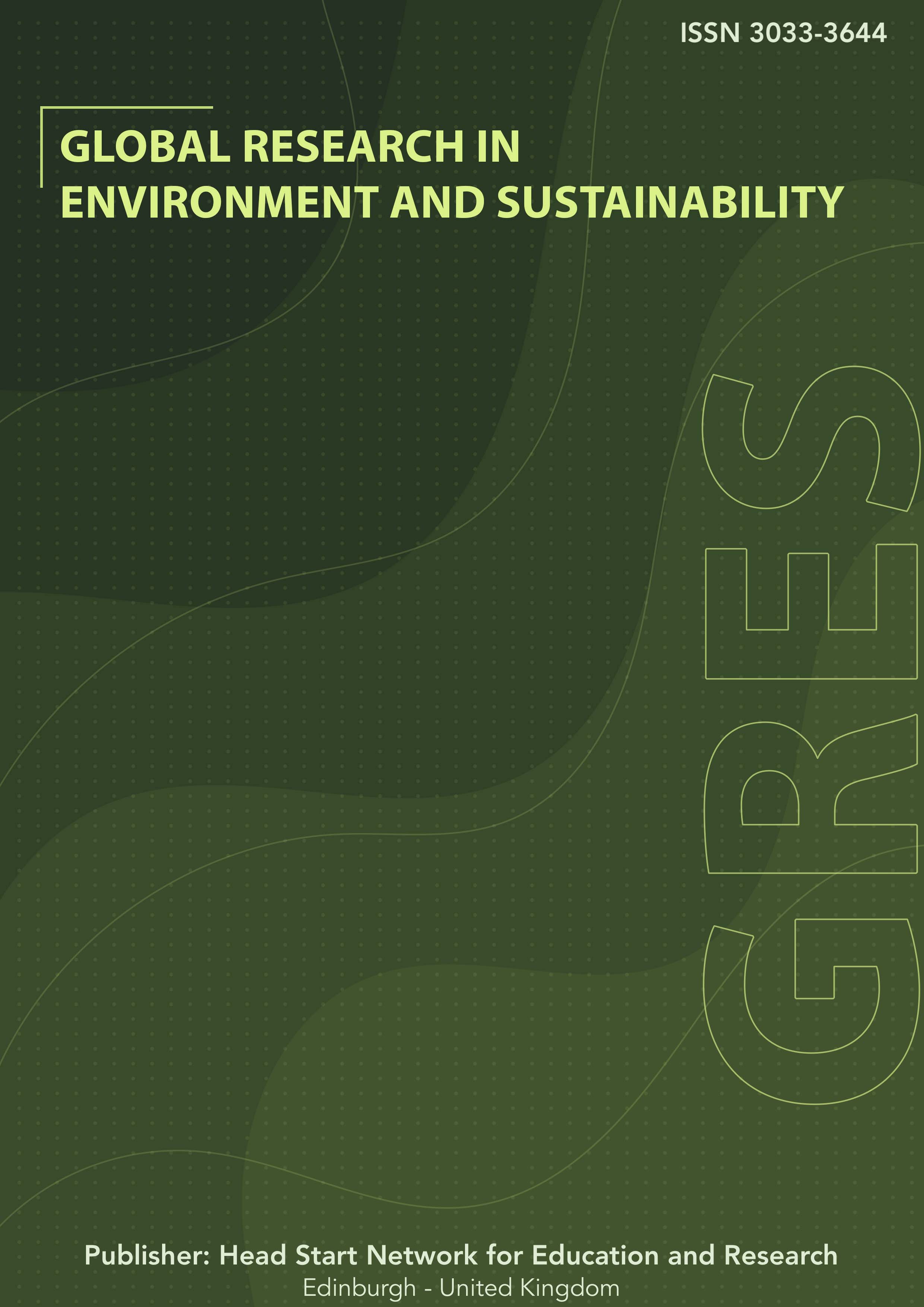Relationship between Micro-Climatic Parameters and Atmospheric Pollutants at Selected Road Junctions in Port Harcourt. Niger Delta, Nigeria
DOI:
https://doi.org/10.63002/gres.25.458Keywords:
air pollution, climate, particulate matter, temperature, emission, vehicle, Port HarcourtAbstract
The increase in vehicular activities has led to the proliferation of atmospheric pollutants in industrialized cities worldwide. This study postulates that there will be a relationship between micro-climatic parameters and atmospheric pollutants. Samples were collected from five locations selected within Port Harcourt, namely Choba Junction, Rumuokoro Junction, Garrison Junction, Mile 3/UST roundabout, and Lagos Bus Stop. The measured parameters are air temperature, relative humidity, wind speed, nitrogen dioxide (NO2), sulfur dioxide (SO2), carbon monoxide (CO), and suspended particulate matter (SPM). The results showed that the mean concentration of carbon monoxide (CO) ranged between 13 ppm to 27.2 ppm. Sulfur dioxide and nitrogen concentrations were below the detection limit. Choba has the highest SO2 (0.6 ppm) and NO2 (0.02 ppm) concentrations. Mornings had the highest concentration of pollutants compared to evenings. Similarly, the mean concentration of PM2.5 ranged between 71.4µg/m to 162.6 6µg/m3. For the micro-climatic, the mean temperature ranged from 25.6°C to 33.7°C, mean relative humidity ranged from 50.6% to 87.3%, and wind speed ranged from 0.8m/s to 1.4m/s. Higher micro-climatic values were also recorded at Choba. The relationship between atmospheric pollutants and particulate matter with microclimatic parameters was not significant (P>0.05). But in contrast, there was a relationship between temperature and relative humidity with the concentrations of PM2.5 and PM10 (P<0.05). The result implies that locations with high micro-climatic parameters have the possibility of having higher concentrations of atmospheric pollutants. Thus, constant monitoring of the emission level of vehicles is essential.
Downloads
Published
Issue
Section
License
Copyright (c) 2024 Rosemary N. Aroh, Aroloye O. Numbere, Udi O. Emoyoma

This work is licensed under a Creative Commons Attribution 4.0 International License.





